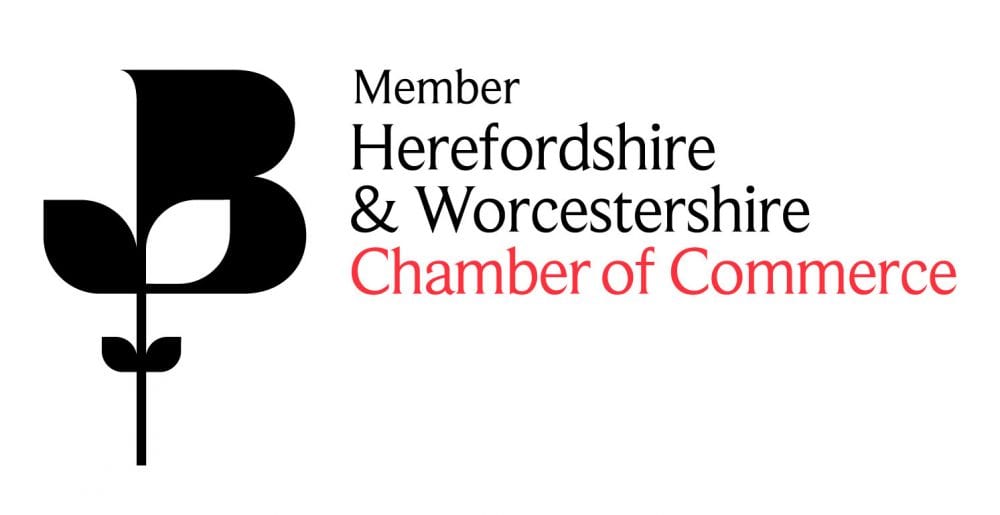Pricing: Cost plus? Market driven? Needs based?
Identifying the Problem
To start, they looked to the supply chain and reviewed what costings could be improved through volume agreements and alternate brands / suppliers. This had an immediate improvement on the profitability but over time, the client saw the additional erosion of selling price AND profitability as the sales team started to lower the sales price to realise a similar level of profit as a percentage as that previously achieved.
Problem #1: Research & Solution
The way we went about this initially was to look at the last 12 months’ worth of sales data and identify the typical metrics you would expect: Average price, seasonal trends and volume deviancies.
With this data, we could then calculate the profitability across each line type and identify suppliers and stock items which should be promoted before ‘secondary suppliers.
The result from this exercise was the implementation of minimum prices that could not be exceeded without director approval. This had a success immediately in terms of increased pricing but there was some loss to volume where lower paying customers did not accept the new pricing structure, this was deemed as acceptable.
At this point the client was happy that we had achieved our mandate, but we were not, we had noticed a pattern and wanted to see it through.
Problem #2: Research & Solution
What was identified was that within these customer sectors, similar purchase patterns allowed for grouping into 4 distinct categories. Reviewing this with the client, we collectively came to the notion of ‘known and unknown’ products.
Customers were also grouped or segmented into categories based on multiple criteria during this process meaning that through implementation the pricing strategy had progressed from a single price per item to price brackets based on unit volumes and finally into a pricing mechanic that considered the relevant market sector, known or unknown products, order volume, customer potential to name just a few.
All of these metrics were agreed with the client with input from both the internal and external sales team.
To trial the pricing tool, a bespoke workbook was created in excel which allowed for customer, product and volume entry. All other fields would then auto populate with the ability to override either price or margin aspiration.
Within three weeks the sales team had secured a 3% increase on their gross margin. Following the trial, the pricing rationale was loaded into their sales system further enhancing the adherence to the new policy.
%
increase on gross margin
%

